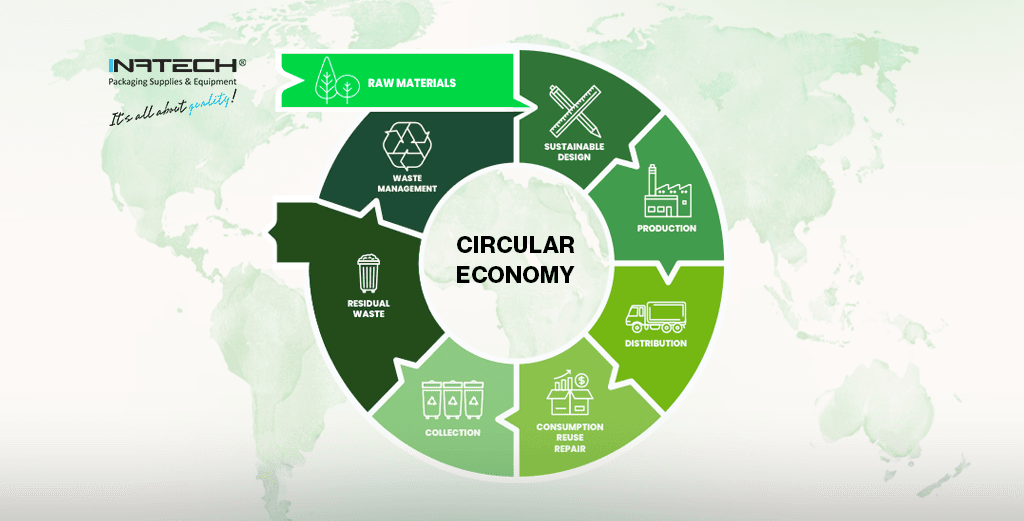
Changes in Recyclable Packaging Regulations: What to Expect?
In 2024, new regulations were introduced regarding recyclable packaging, aimed at supporting the transition to a circular economy and reducing negative environmental impact. These changes affect manufacturers, distributors, and retailers by imposing stricter standards and new obligations for managing recyclable packaging. Here’s what you need to know about these changes and how to comply with the new requirements.
1. Increased Recycling Targets
More Ambitious Goals
The new regulations require higher recycling rates for packaging in order to reach more ambitious goals by 2030. For 2024, the target for plastic packaging is at least 50%, while the target for
cardboard, wood, and paper packaging is 80%.
Producer Responsibility
Producers are required to take extended responsibility for their products, ensuring that their packaging is collected and recycled at the end of its life cycle. This may involve participation in Extended Producer Responsibility (EPR) schemes and investments in recycling infrastructure.
2. New Packaging Design Requirements
Design for Recycling
The new regulations promote “design for recycling”, requiring packaging to be designed in a way that facilitates the recycling process. This includes:
- Single-material packaging: packaging should be made, as much as possible, from a single type of material to simplify recycling;
- Compatible labels and adhesives: the use of labels and adhesives that do not hinder recycling or can be easily removed is mandatory;
- Color and opacity: dark colors and opaque materials can affect the recycling process, so using lighter colors and transparent materials is recommended.
Reducing Non-Recyclable Plastics
Non-recyclable or hard-to-recycle plastic packaging is being discouraged. In 2024, the use of such materials may result in additional taxes or even market bans. Switching to recyclable or biodegradable materials that meet new standards is recommended.
3. Labeling Obligations
Clear Recycling Labels
Packaging must be clearly labeled to indicate proper recycling methods. Labels must be visible and contain detailed information about material composition and recycling instructions.
Recycling Codes and Symbols
The new regulations require the use of standardized recycling symbols and codes to facilitate material identification and improve recycling rates. This will help consumers make informed choices and actively contribute to recycling efforts.
4. Reducing Single-Use Packaging
Bans and Limitations
Single-use packaging, especially plastic, is becoming increasingly restricted. In 2024, bans have been expanded on certain types of single-use packaging, such as expanded plastic or packaging that does not contain at least a minimum percentage of recycled material.
Promoting Reusable Packaging
The transition to reusable and refillable packaging is being encouraged. Manufacturers and retailers must offer reusable alternatives and encourage consumers to reduce single-use packaging through incentives and return programs.
5. Promoting Packaging Design Innovation for 2025
From 2025 onwards, there will be a strong focus on innovation in packaging design, aimed at facilitating recycling, reuse, and reducing environmental impact. This trend is part of global efforts to transition to a circular economy, where packaging is not only easier to recycle but also designed to have a longer life or to be made from sustainable and eco-friendly materials.
Companies will be encouraged to adopt modular designs, meaning packaging that can be easily disassembled so that its components can be recycled separately. This method allows for the removal of hard-to-recycle elements such as combinations of plastic and metal or plastic and paper, which are often difficult to process in standard recycling streams. Instead of being sent to landfills, this type of packaging can be reused or fully recycled.
Review the packaging you use, implement design-for-recycling practices, and ensure compliance with the new requirements to avoid penalties and actively contribute to environmental protection. Consult an expert in packaging regulations and prepare your business for success in the new legislative landscape of 2024!